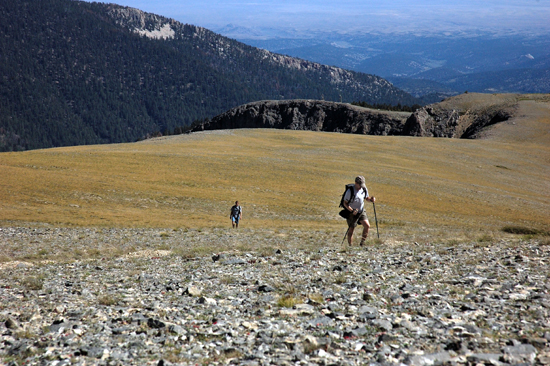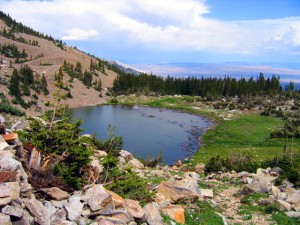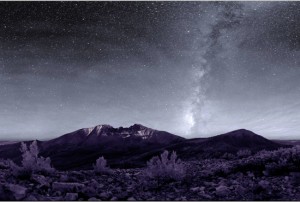Great Basin National Park is not as popular as other parks in the West, but it has some great hiking trails and scenery that deserves a closer look.
 photo by Bryan Petrtyl
photo by Bryan Petrtyl
Great Basin National Park is a small portion of a 200,000 square mile region where geographical forces have stretched the crust forming an area of many flat valleys or basins. The area actually extends from Oregon in the north to Mexico in the south. But Great Basin National Park is a small portion of a preserved area that sits in the shadow of Wheeler Peak, (13,063 ft.) that has many unique features within the park.

One of the interesting things about Great Basin is that it is one of the least visited parks in the United States, but has some of the most diverse land features that include high peaks and low valley desert. If you plan on visiting the park one of the best hikes is the Baker Lake/Johnson Lake Trail. The trail is a steep route over a ridge that extends between two of the area’s high-country lakes. The trail is 13.1 miles round trip and you gain an elevation of 3,290 ft. So while it may be a little steep, it offers hikers and backpackers the best and most spectacular views of the area, as well as Wheeler Peak.
The trail-head can be found by heading Eastbound on US-50. Turn right onto NV-487, and travel for 10 miles and turn on White Pine Co Rd 42. Travel 5 miles and continue onto Great Basin National Park/Natl Forest Develop Road 448 Rd for 3 miles till you reach the trail-head.
According to Betsy Duncan-Clark, chief of Interpretation at Great Basin, the National Park, was created in 1986 and is not well known to many visitors. But the park’s beauty and history is rich with facts, people and places that can take weeks to fully absorb.

Because the park is surrounded by high peaks, its also one of the best places in the west for star gazing. In fact the park will host the 2010 Astronomy Festival, August 6-8th.
Because of the changing conditions and elevations in Great Basin National Park, the hiking season is limited from June to September. Keep in mind that there isn’t much civilization around the park so it’s a good idea to bring plenty of food and water with you. Aside from the Baker/Johnson Lake trail there are numerous trails that range from easy to difficult in the park. Some that lead to bristlecone pine forests and historical sites of early settlers in the area. One of the parks’ most notable features however is the Lehman Caves that offers visitors various tours of this underground expanse for a fee. For more information, visit www.http://www.nps.gov/grba/index.htm
